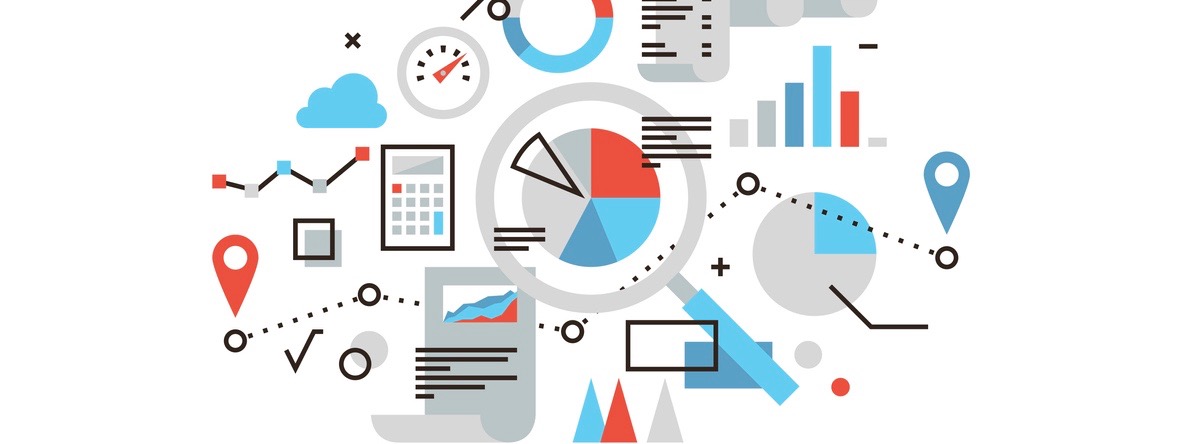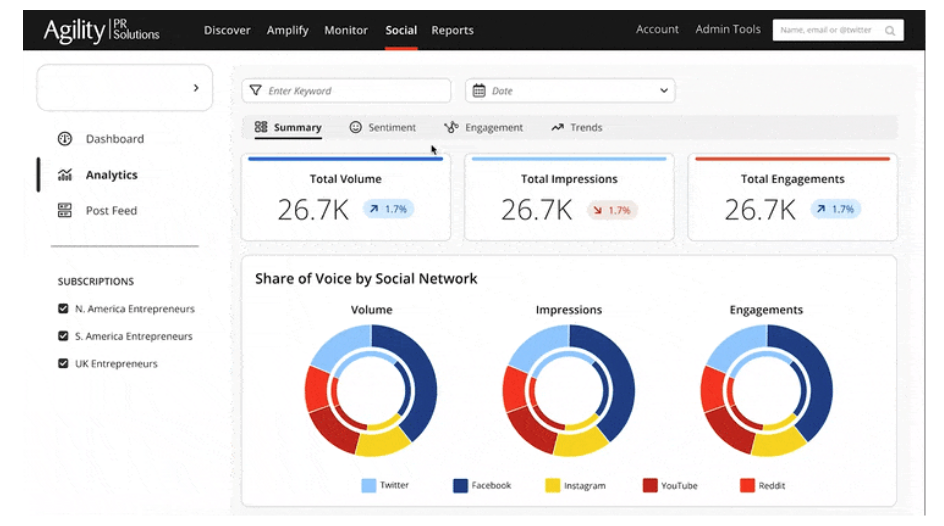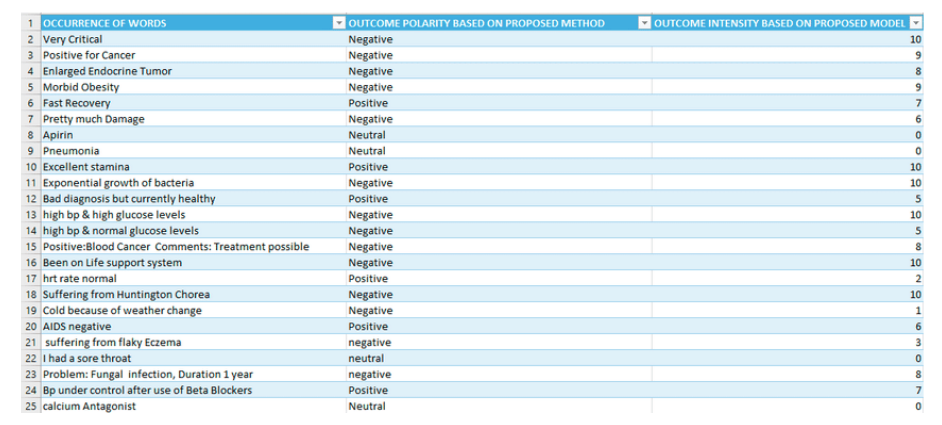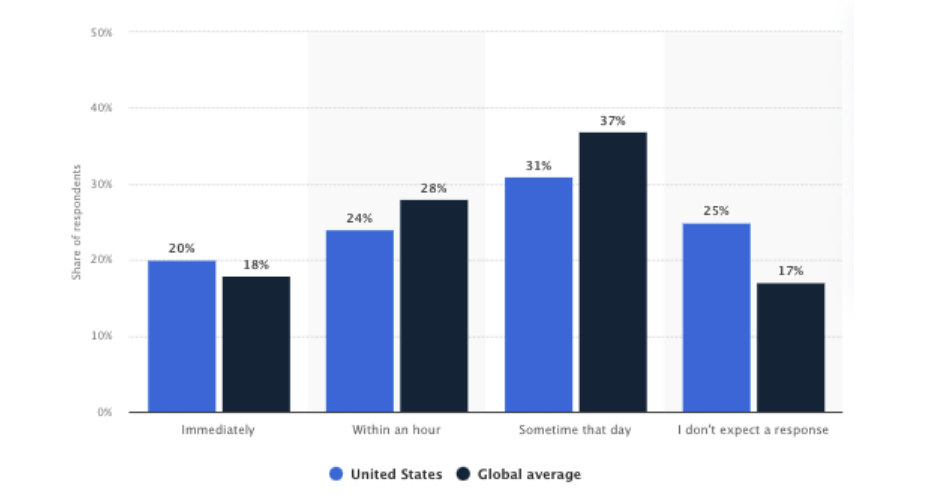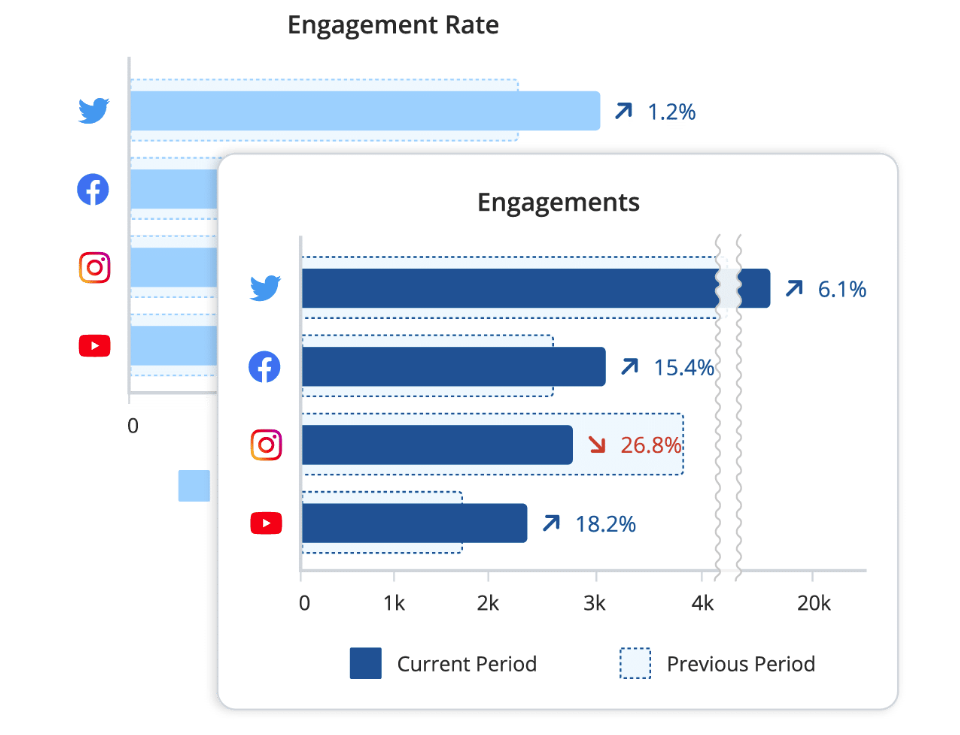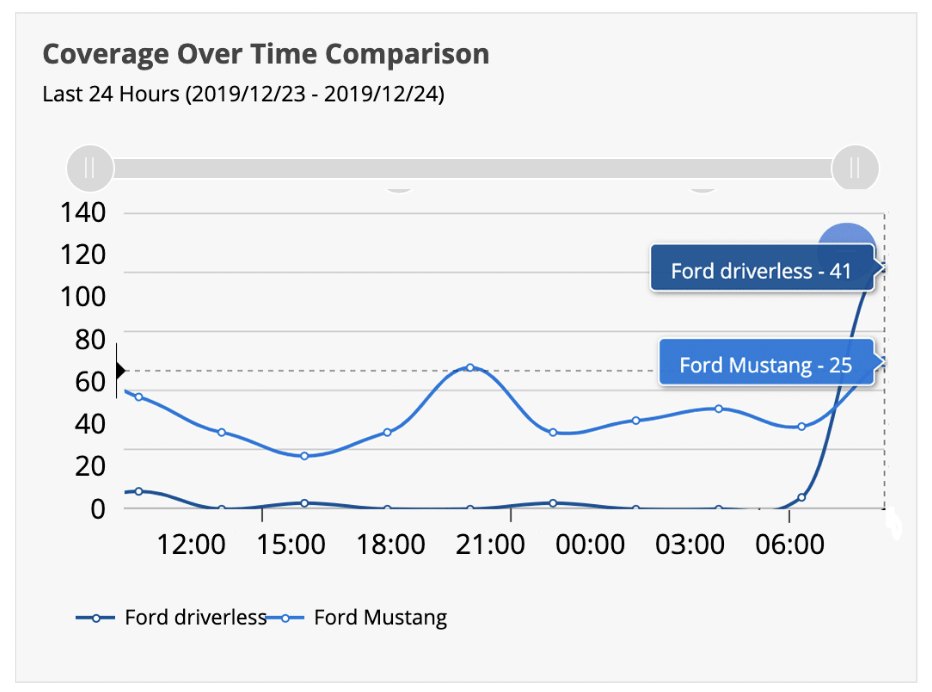Today, technology buzzwords seem to get thrown around in team chats, emails, and even at the water cooler. Words like “machine learning” and “artificial intelligence” are among the most frequently used, getting tossed around the office on a regular basis.
There’s a good reason for that. These categories represent modern solutions for modern enterprises. It’s all about building your overall business value so you can grow. One tool you may have neglected thus far is rooted deeply in machine learning. We’re talking about sentiment analysis.
Chances are you’re here because you’re open to ideas like email monitoring and reputation management. Sentiment data analysis is no different and has the very real potential to take your business where it needs to be.
What is sentiment data analysis?
Sentiment analysis (also known as opinion mining) is where an organization analyzes written or spoken words to determine the emotions behind them. This could be anything from anger to happiness or sadness. Its purpose is to evaluate whether the message is positive, negative, or neutral.
This type of analysis is especially useful in the modern age as a lot of communication takes place online.
Whether it’s existing or potential customers, it can be difficult for companies to quickly assess the emotional state of the messenger through text alone.
How does sentiment analysis work?
Today, sentiment analysis is possible due to many emerging and rapidly evolving technologies. The most important is the growth in capabilities of machine learning AI.
Sentiment analytics platforms allow businesses to connect datasets from a multitude of sources. Once this information has been collected, the AI can begin assessing and making predictions about the emotions behind the online text.
Early tech relied on rather obvious keywords—like “horrible”, “terrible”, and “upset”—to quickly categorize interactions. Modern equivalents are vastly better, with well-tailored algorithms that facilitate rapid insights for businesses via social listening and other monitoring channels.
As data continues to pour in, platforms are becoming increasingly more efficient and accurate. When combined with other business tools like customer relationship management (CRM) and business VoIP solutions, sentiment analysis can notably improve the customer experience.
What are the types of sentiment analysis?
There are three primary ways to conduct sentiment analysis.
1. Automatic
Initially, the AI is fed categorized datasets with positive, negative, and neutral keywords and phrases. From there, the algorithm begins learning from the data.
At first, guidance for the AI may be required to ensure it’s not confused by certain terms or phrases. Over time, however, learning will become an automatic process that’s only refined with age.
Automatic sentiment analysis is a good option for analyzing huge amounts of data in real-time. For example, if you’re a multinational, you can use a solution to tap directly into the newswire all over the world. Without automatic sentiment analysis, it would be nearly impossible to track and categorize responses to so much information.
2. Rule-based
This type of sentiment analysis boils down to a predefined set of rules. All relevant language terms must be manually categorized and then fed into the system. Rules can be highly customized based on syntax, grammar, vocabulary, and other aspects.
This makes it easy to tailor the process to suit your needs, although it can also be tedious and time-consuming.
With a rule-based process, you can expect logical explanations for every decision made by the AI.
3. Hybrid or multi
With a hybrid approach, businesses combine both automatic and rule-based processes. Many organizations find this to be the best of both worlds.
Lexicon-based rules are a good starting point, and machine learning AI can also elevate your sentiment analysis in terms of speed and efficiency.
The benefits of sentiment analysis
There are many benefits for organizations that implement sentiment analysis.
-
A better marketing strategy
Sentiment analysis produces a wealth of data on your existing customers and target audience. Online conversations from social media, email, and other customer support channels let you know what is and isn’t working.
Because datasets are collected in real-time, you and your team can also adjust your marketing campaigns on the fly.
-
An increased connection with your audience
Sentiment analysis offers a deeper understanding of your customer segments. What do they engage with? What gets a positive vs neutral vs negative response?
Armed with this information, you can more easily personalize messaging for each segment of your audience and your individual channels.
-
A more accurate brand perception
Tracking and scrolling through all your mentions can allow your team to identify and resolve any issues—but it takes time.
Sentiment analysis automates this process and gives you instant access to developing trends surrounding your online brand perception. Notifications can thus alert managers to any issues.
This rapid dissemination of information can help you stand out for all the right reasons in a competitive market.
-
Improved customer service
A recent study found that 20 percent of US customers expect an immediate response to social media complaints. The same study found that 24% want a response within an hour. That covers nearly half of social media users.
Whether in sales or support, sentiment analysis boosts the response velocity and performance of your agents and AI-powered chatbots. Knowledge is power, and having an accurate impression of a customer’s emotional state ensures a smooth conversion and/or resolution process.
For example, while chatting to customer support, a live agent will be alerted to a “very upset” customer. Rather than continuing to follow an issue template, the rep can escalate to a supervisor or manager.
When sentiment analysis is combined with tools like an interactive voice response system, your customers receive an improved level of support.
Sentiment data analysis use cases
Sentiment analysis can be implemented for just about any industry and for companies of all sizes. Here are some of the most common use cases.
-
Social monitoring
We’ve mentioned it before, but social monitoring and sentiment analysis have a modern synergy. You really shouldn’t have one without the other. Nothing can give a quick pulse check on brand sentiment better than having an ambassador social media presence.
Remember, thousands of tweets are published every second. You want to be able to track every relevant post and mention in real-time. With sentiment analysis, you can handle any negative feedback and resolve it before it blows up.
-
Gauging new products or features
Sentiment analysis can help industries like direct-to-consumer (DTC) manufacturing and API commerce solutions to evolve. Predictive datasets are especially key when you bring a product to market, with sentiment analysis giving your organization an early indication of how it’s being received.
Getting an early impression of new products and services can help you sculpt a better strategy for growth. This may involve pushing out into new markets, expanding campaigns, or getting a head start on the recall or discontinuation process.
For example, let’s say you offer a new PBX solution targeting eCommerce companies, but sentiment analysis finds many in the healthcare industry praising it–time to pivot the campaign!
-
Market research
Sometimes, it’s not all about you. Sentiment analysis technology can also be leveraged to take a deeper look at your competitors. Find out what consumers have to say, both positive and negative, about them.
Let’s say you’re a cloud architecture company. You want to expand your reach – but don’t you first want to check the market to see if your target audience is open to ideas like cloud migration and legacy transformation?
Because you’ll be gaining trend insights in real-time, your team can seize on opportunities before the rest of the market. Did your top competitor just put out an absolute lemon of a product? Now’s the time to promote your similar product and let the newly burned customer base know you’re there to pick up the pieces.
-
Reputation management
These days, many customers are influenced more by the opinions of their friends, family, peers, and other online consumers than your marketing. Media monitoring for review sites like TrustPilot, Capterra, or even industry-specific websites can have a real sway on the reputation of your brand.
Luckily, sentiment analysis lets you instantly locate negative reviews and comments. This gives you a chance to respond and attempt to fix the problem in a public forum. It also lets you highlight valuable feedback for your business going forward.
-
Enriching buyer personas
Millennials and Gen Zers are among those consumers who are more likely to look online while shopping. A recent study found that 97 percent of the latter use social media as their top source of shopping inspiration.
Tracking what your target audience is talking about positively helps you more clearly define their buying behavior. When you better understand customer segments, you can tailor your messaging for more effective marketing campaigns.
Start using sentiment analysis today
It doesn’t matter if you’re in marketing, PR, politics, or good old eCommerce – sentiment analysis can work for you. As more products and services saturate the market, you need every tool at your disposal to stand out from the crowd.
Sentiment analysis will give you a leg up on the competition. You’ll be able to seize opportunities with agility and predict trends with better accuracy. More importantly, you’ll be better equipped to connect with your audience and provide superior customer service.

